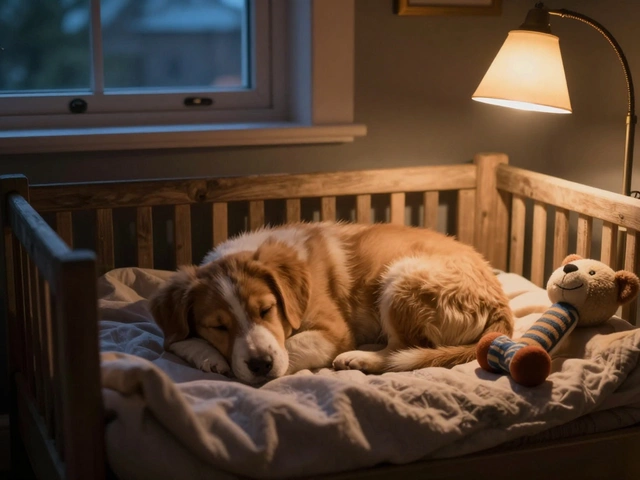Dog Grooming Tips: Save Money & Keep Your Pup Calm
Grooming your dog doesn’t have to drain your wallet or stress your pet. With a few simple tools and a calm approach, you can give your dog a clean, tidy look while keeping the experience pleasant for both of you.
DIY Grooming Basics
Start with the right gear. A sturdy brush, a pair of blunt‑tip scissors, a nail clipper, and a gentle dog shampoo are enough for most breeds. You don’t need fancy equipment—just items that feel comfortable in your hand.
Brush before you bathe. Brushing removes loose fur and tangles, making the wash quicker and preventing matting when the coat gets wet. Work from the tail toward the head in short strokes, and reward your dog with a treat after each section.
When it’s bath time, use lukewarm water and a dog‑specific shampoo that’s free of harsh chemicals. Wet the coat thoroughly, lather the shampoo, and rinse until the water runs clear. A quick towel rub helps remove excess water, but avoid vigorous rubbing that can irritate the skin.
Drying can be a tricky part for many owners. If your dog tolerates a low‑heat hair dryer, keep it moving and never point it at the face. Otherwise, a soft towel and a warm spot in the house will do the trick. Once dry, give the coat a final brush to smooth out any remaining bumps.
Don’t forget the nails. Trim just the tip—if you see a pink spot, you’re too close to the quick. A quick snap every few weeks keeps the paws healthy and stops your dog from scratching furniture.
Soothing Your Dog After a Haircut
Many dogs act weird after a trim—shivering, hiding, or whining. That’s usually because the experience is new and the coat feels different. The first thing you can do is create a calm space. Dim the lights, play soft music, and let your dog lie on a favorite blanket.
Give them a gentle massage. Use slow, circular motions on the back, neck, and legs. This releases tension and mimics the feeling of a friendly petting session.
Offer a tasty treat or a chew toy right after the grooming session. The positive association helps your dog link grooming with something good, making future visits easier.
If your pup seems especially anxious, a short walk in a quiet area can burn off excess energy and reset their mood. Keep the leash loose and let them sniff around; the natural scents help ground them.
Finally, check for any irritation. Clippers can leave tiny nicks that look harmless but may sting. A quick rinse with cool water and a dab of pet‑safe aloe gel soothes the skin. If redness persists, a quick call to your vet is worth it.
With these steps, grooming becomes a routine you both look forward to. You’ll save money, keep your dog comfortable, and enjoy a tidy, happy companion every day.
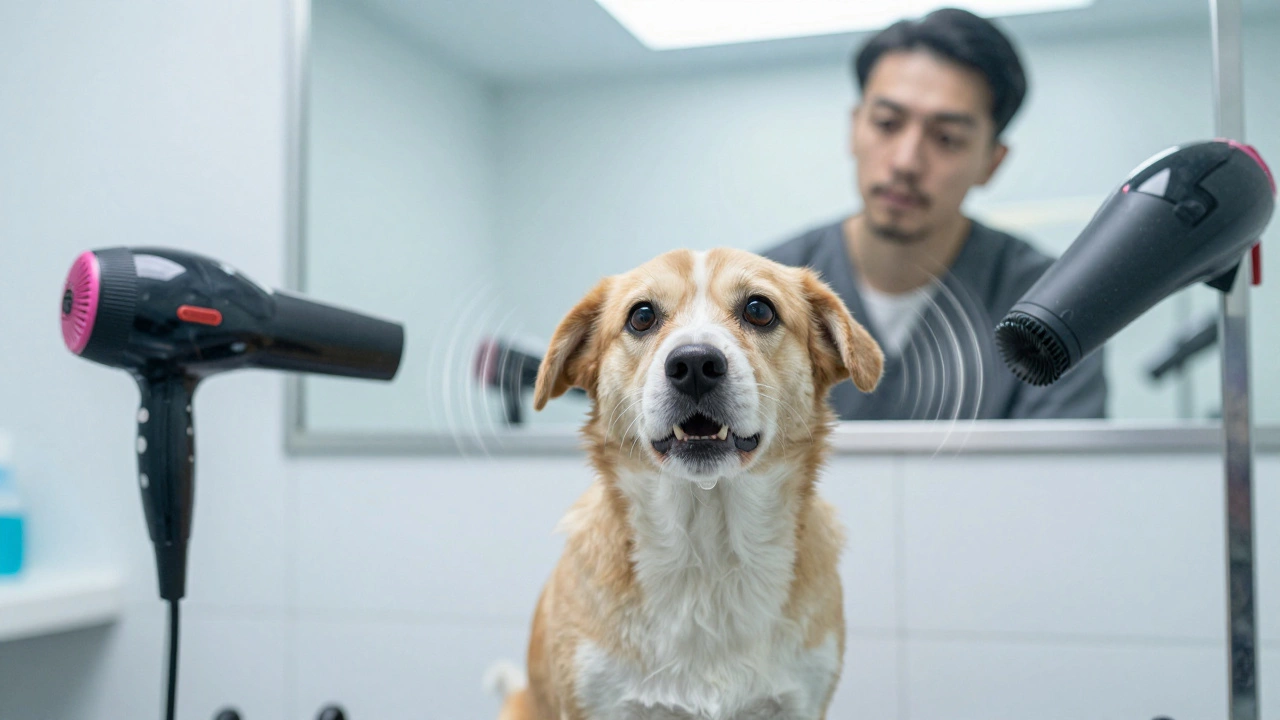
Why Don't Dogs Hate Going to the Groomers? The Real Reasons and How to Help
Dogs don't hate groomers because they're stubborn - they're scared. Learn the real reasons behind their fear and how to help them feel safe during grooming sessions.
read more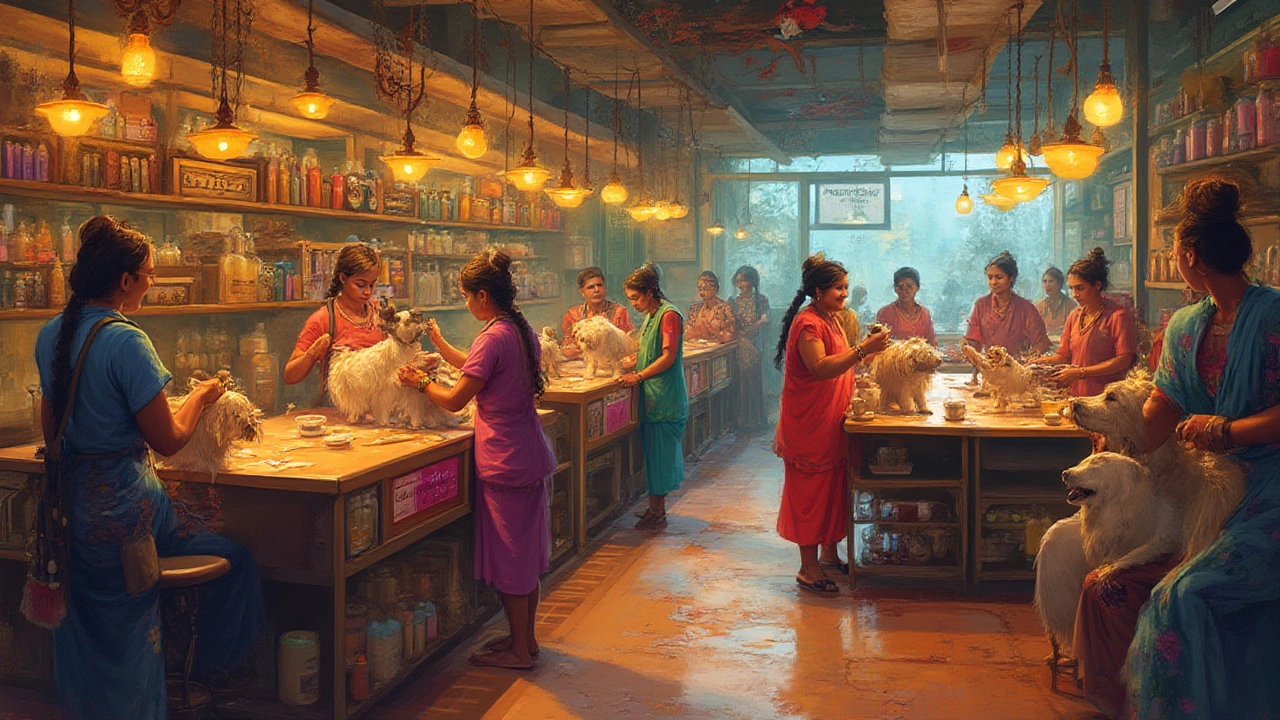
Why Does Dog Grooming Take Four Hours? Real Reasons From the Salon
Ever wondered why dog grooming can eat up half your day? Here’s what’s really going on behind those salon doors. Learn the detailed steps, common holdups, and smart tips right from the experts.
read more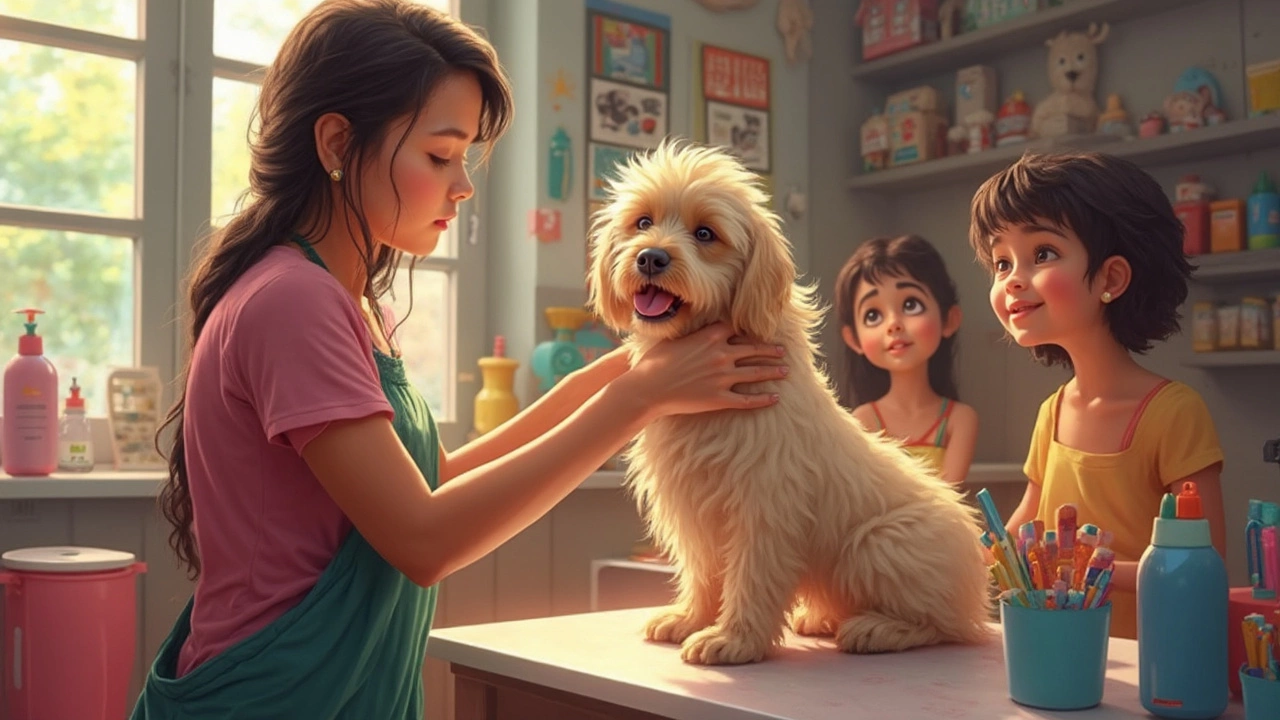
Dog Grooming Sequence: Wash or Cut First? Groomer's Proven Best Practices
Ever wondered if dog groomers wash or cut first? Here's your guide on grooming priorities, why order matters, and some top pro tips for a happy, healthy dog.
read more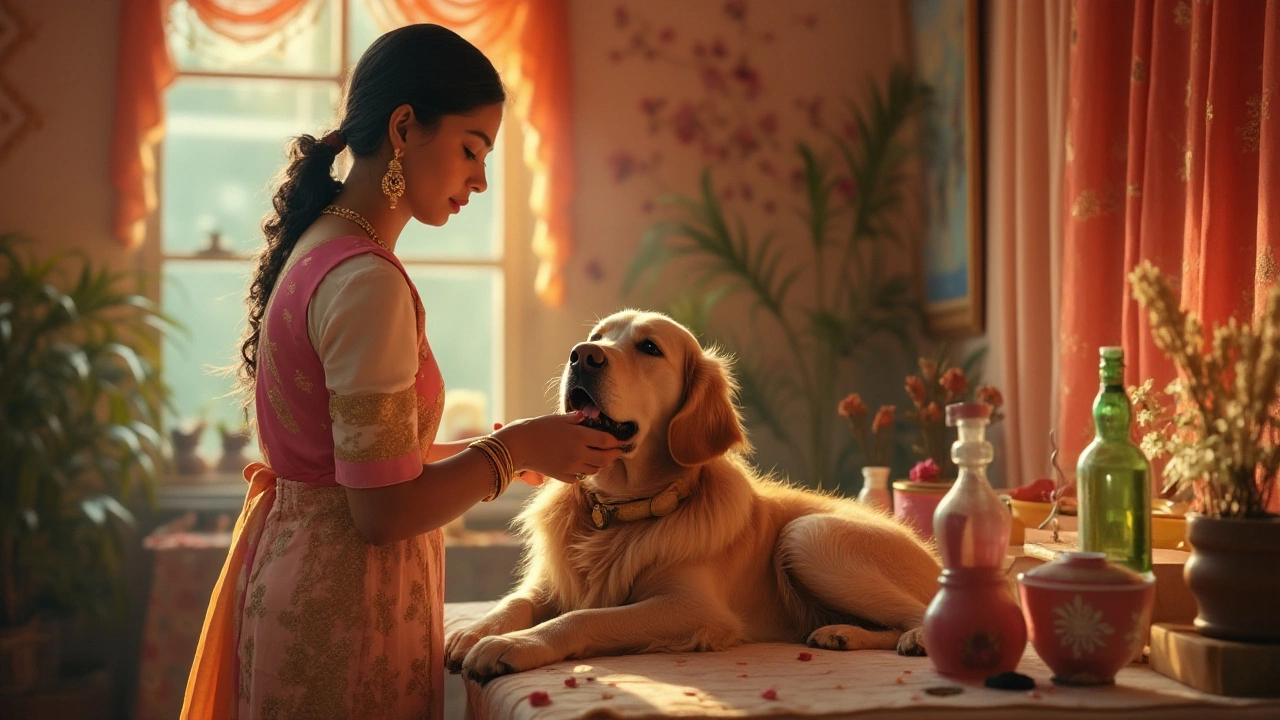
Do Groomers Use Calming Aids for Dogs?
Exploring the methods used by professional dog groomers to calm anxious pets during grooming sessions, this article delves into the variety of approaches available. From natural remedies to specific techniques, pet owners can gain insights into how their furry friends are cared for. It also highlights important facts and offers tips on how to prepare dogs for grooming at home. Uncover the common practices and understand the safety aspects involved in using calming aids.
read more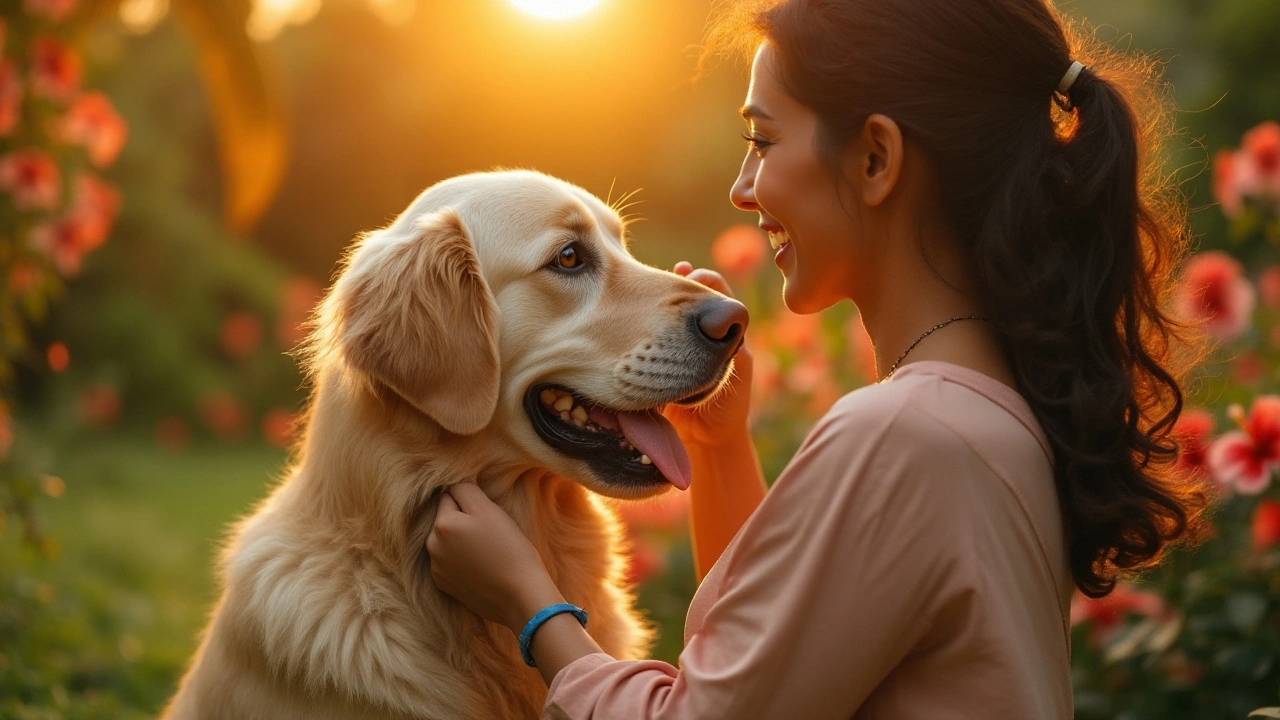
Dog Grooming: Essential Frequency and Techniques
Regular grooming is essential for maintaining a dog's health and appearance. The frequency of grooming sessions depends on several factors, including breed, coat type, and lifestyle. This article explores different grooming needs for various dogs, offering insights into appropriate schedules and techniques. Grooming is not just about appearance, but also about ensuring your dog's well-being.
read more



